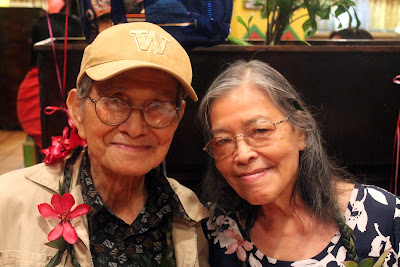ACA

Opposition to the Affordable Care Act by Bruce Karolle Letter to the Editor Marianas Variety 10/29/13 AMAZINGLY, Obamacare threatens America’s unique status among the world’s advanced economies. As a nation where access to regular medical care has been a privilege, a privilege, according to many right-wing conservatives, that must be earned. We are the only advanced, Western-oriented country in the world with such a privileged healthcare system. Our friends in Canada and our buddies the Brits (United Kingdom of Great Britain and Northern Ireland), perhaps America’s two closest allies, have had for years superior national health plans for all their citizens, as have other developed countries, i.e., France, Australia and Israel. When measured comparatively, their costs are far less than ours over the past decades. Since the days of President Theodore “Teddy” Roosevelt (early 1900s), seven other U.S. presidents, in my lifetime, have proposed national heal






